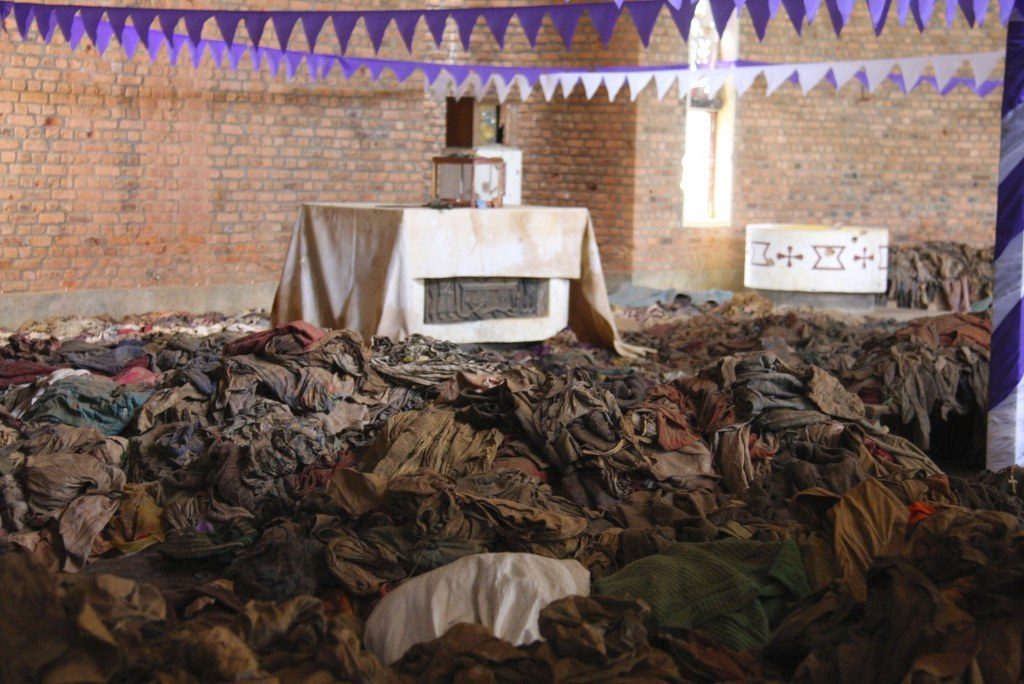
Nyamata Genocide Memorial
Nyamata Genocide memorial site in Bugesera district could be the first site to be added to the list of World Heritages sites and the first from Rwanda, according to Rwanda’s Minister of National Unity and Civic Engagement (Minubumwe).
Dr. Jean Damascène Bizimana says that during the visit of The United Nations Educational, Scientific and Cultural Organization(UNESCO) staff to the genocide memorial sites in Rwanda they found that Nyamata is in a better position to show the nature and extent of the 1994 genocide against Tutsi and how it was executed.
Bizimana explained that UNESCO findings show that the Nyamata site has retained its original state showing exactly what happened as it was in 1994, while the other sites in the country have either been reconstructed or newly constructed.
“UNESCO experts confirmed that it (the site) should come first on the list of World Heritage Sites because Nyamata Church (which was turned into a memorial site) is still in the same shape as it was in 1994 when people were killed inside the church,” Bizimana said during a press briefing last week.
Between the 14th and 16th of April, approximately 5,000 Tutsi were killed inside Nyamata Church. The few that escaped from the church took refuge in nearby bushes and papyrus fields, but later many were found and killed by interahamwe militia.
Rwanda has since 2016 been pushing a quest to add its genocide memorial sites of Nyamata, Murambi, Bisesero, and Gisozi to the list of UNESCO World Heritage sites.
In 2017, UNESCO boss Irina Bokova, backed Rwanda’s quest, convinced that it will help educate the world about the country’s history and prevent genocide and similar atrocities from happening again.
Dr. Bizimana says that Rwanda submitted to UNESCO a report on the above sites which will be compared to the one that the UNESCO experts did after leaving Rwanda at the end of March 2023. The meeting on way forward will be held in Rwanda in September 2023.
Bizimana says that one of the things that UNESCO requires Rwanda to continue doing is to keep the sites in good condition, to collect and put the history in the sites so that visitors can know what happened without having to consult an interpreter.

